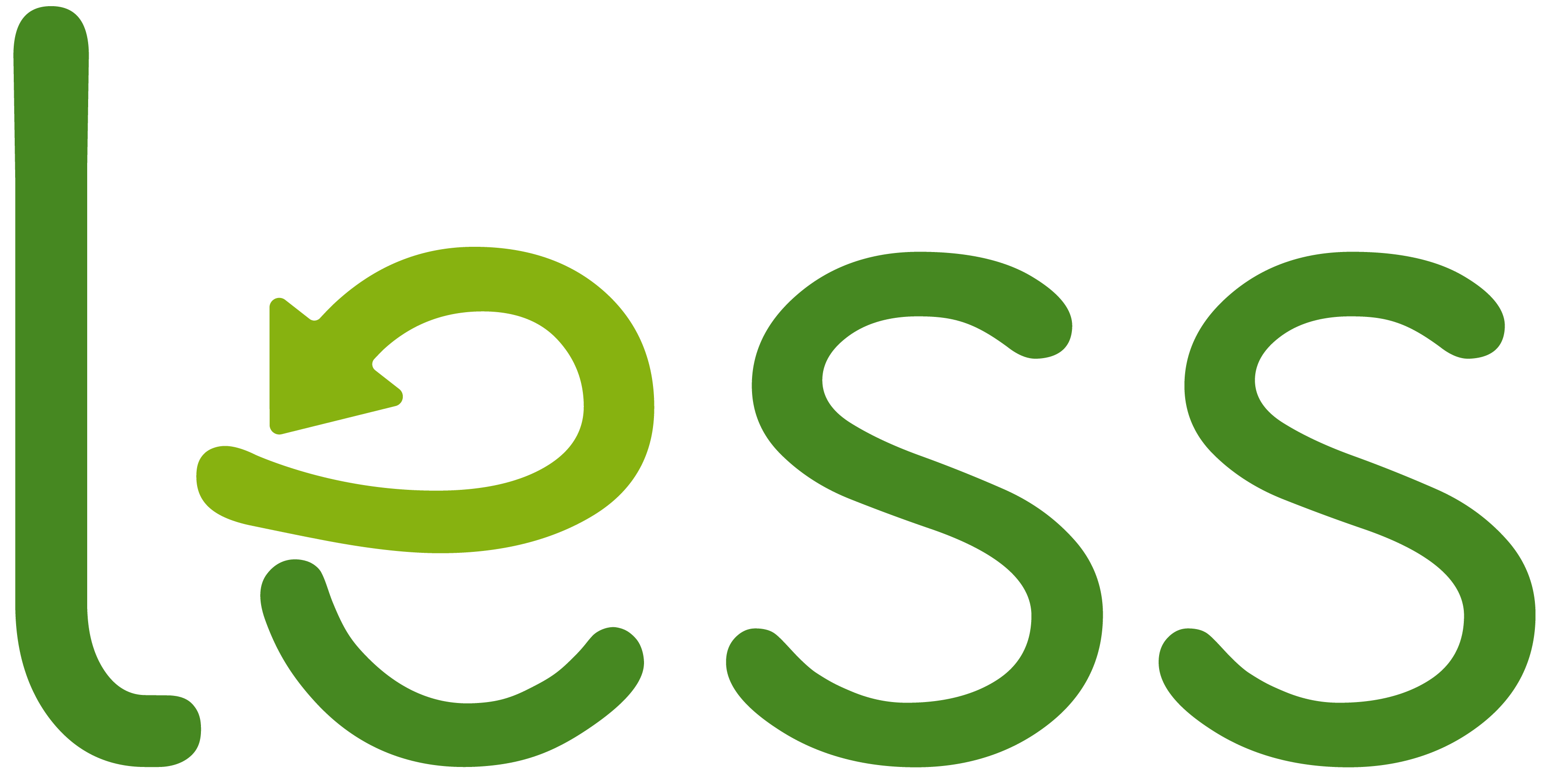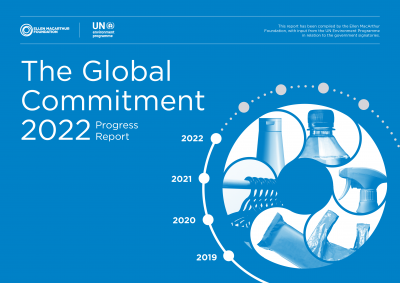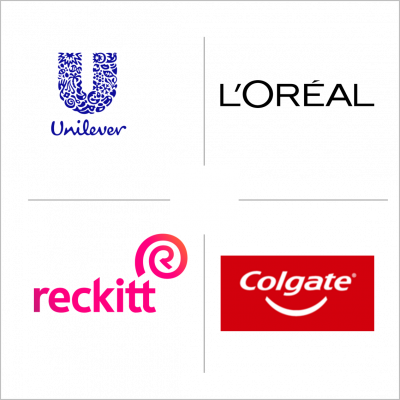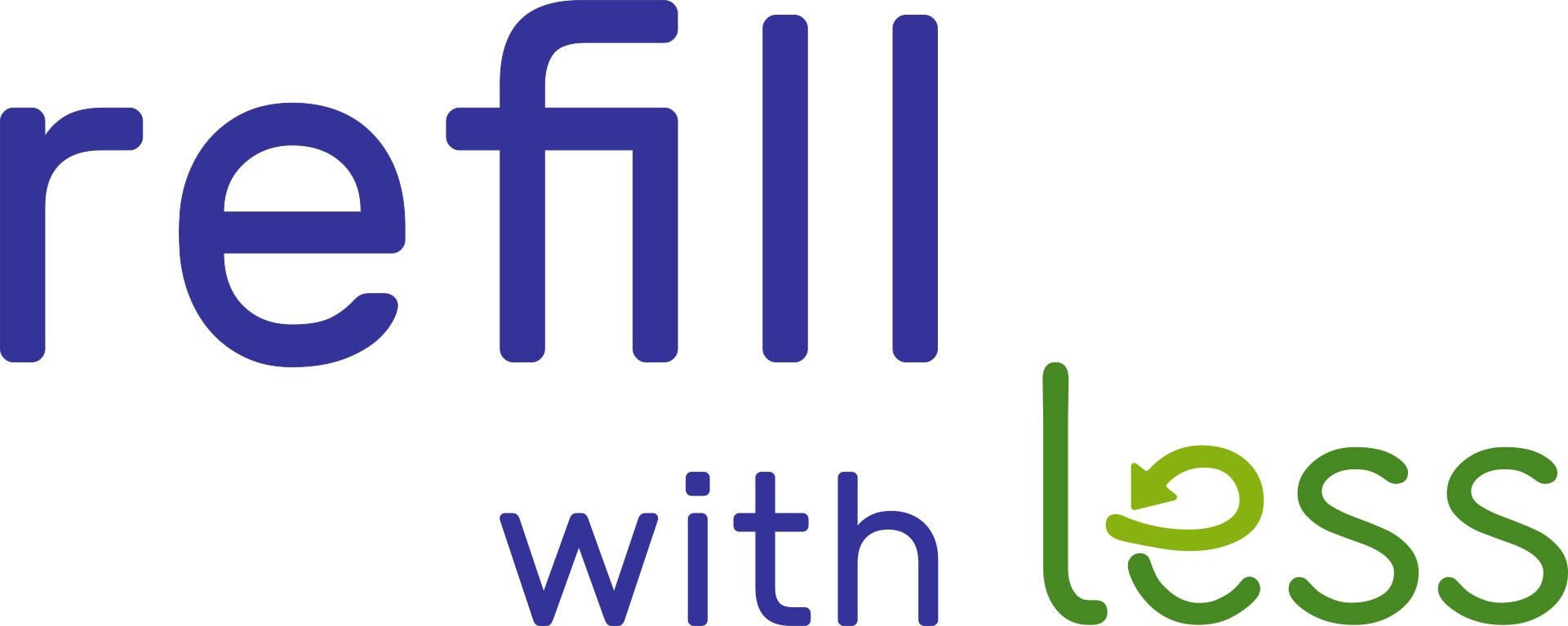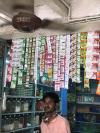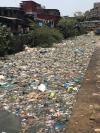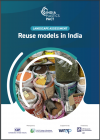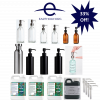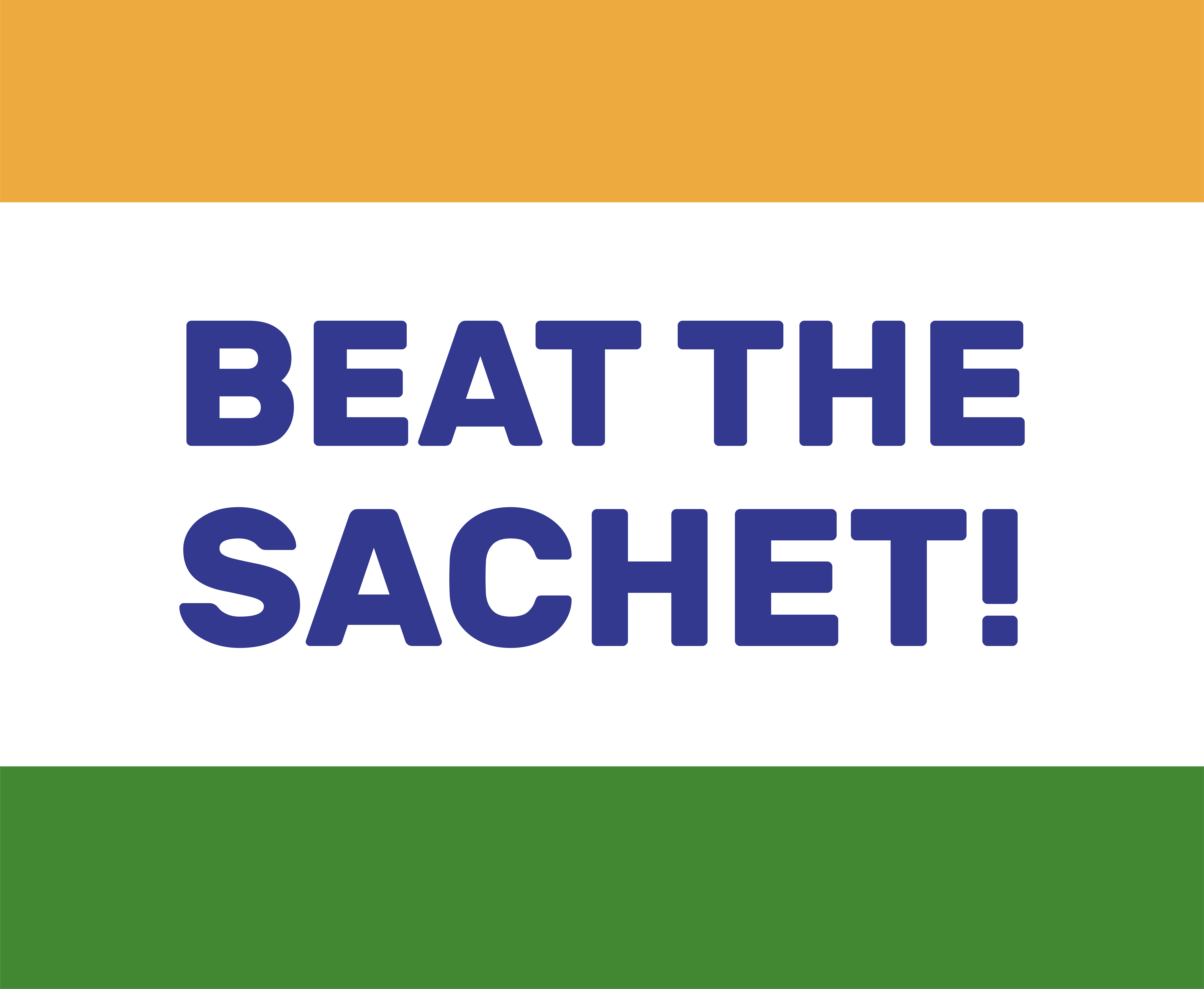January , 2024
‘Recyclability’ And The Farcical 1.5% Threshold
40% of plastic use is for plastic packaging, almost all of it single use. The main frameworks seeking to manage this waste come from WRAP and Ellen MacArthur Foundation that have commitments for users of plastic packaging to make 100% of the plastic compostable, reusable or recyclable by 2025. While the first two options (making packaging compostable or reusable) can be effective at reducing plastic waste, they are difficult to attain, so signatures to these commitments focus on making their packaging ‘recyclable’.
But making plastic packaging ‘recyclable’ is of barely any benefit (see earlier posts).
But dig into the footnotes of the commitments and you find a definitional issue that makes them a little farcical.
Here, a plastic is considered ‘recyclable’ if there is a 30% or more post-consumer recycling rate in multiple regions, collectively representing at least 400 million inhabitants[1].
By picking high recycling countries, like much of the EU and South Korea etc., signatory companies can piece together an area of 400 million people that reach this bar. But 400 million people is just 5% of the world's population.
Across much the world, recycling is very limited and often entirely absent. Allowing plastics recycled at 30% by just 5% of the world's population means that plastics recycled at a global average rate of 1.5% could still qualify as ‘recyclable’.
That’s like getting a passing grade if you get 1.5% on a test.
We found this such a shocking finding that we contacted Ellen MacArthur foundation for confirmation. They confirmed our conclusion, stating:
- About Recyclability, your interpretation is correct. The two criteria serve to identify whether a plastic packaging is recyclable in practice (as opposed to in theory), which is demonstrated to be possible if it crosses the 30% threshold ; and at scale, if it is indeed recycled at, at least, 30% over a significant population. We appreciate this does not mean that the plastic packagings above the threshold get all recycled.
With this definition, we acknowledge that the efforts to recycle lie with different stakeholders at different levels of the value chain and that not everything is in the power of brands putting packaging on the market. However, the definition and target (100% recyclable by 2025) are ambitious enough to hold these same companies responsible and accountable for their part.
So there you have it.
Brands stamp ‘recyclable’ in bold on their packaging and consumers take comfort from it, but companies know it’s largely meaningless and will make little difference.
And all the while WRAP and Ellen MacArthur Foundation provide cover, checking progress against commitments that will not make a dent in plastic use or the amount of plastic that goes to landfill or leaks to the environment.
We need a better framework.
[1] https://emf.thirdlight.com/link/Reporting-Resources-2022/@/preview/2
Big Companies Agree Refilling At Home Is The Way To Go
Here at Refill with LESS, we're all about making it easy to do your refills at home. We think it it’s the most efficient and effective way to prevent plastic waste but also save you money.
It turns out, a bunch of big brand companies think much the same. In their 2023 Global Commitments reports, various companies underlined that refilling at home is the best way.
L’Oreal said: “refill at home is the most powerful system in term of environmental impact”.
It’s clear too that large consumer goods companies are investing in making larger packs available so that people can refill from home. Here's a selection of what some of them said…
- Colgate: During the next year, it is our goal to focus more on reuse/refill… We plan to continue to offer new products that will allow consumers to refill their packaging at home and partner with organizations working with reuse/refill.
- Reckitt: We have taken learnings from our previous pilots and made plans to scale our latest generation of refill at home products where possible, across more brands and more countries, to increase impact.
- Unilever: To date, our most successful refill formats have been refill-at-home innovations, enabled by concentrated formulas. We have scaled dilute-at-home formats which use significantly less plastic; Cif Eco Refill initially launched in UK and has since expanded across Europe, and our 6x concentrated OMO liquid laundry detergent, has now been rolled out across South America and Australia. Dove Concentrated Body Wash brought dilute-at-home refill formats into Personal Care. It uses 50% less plastic than a standard bottle after two refills.
Hopefully it won't be too long until we can offer some of these brands in refill format.
